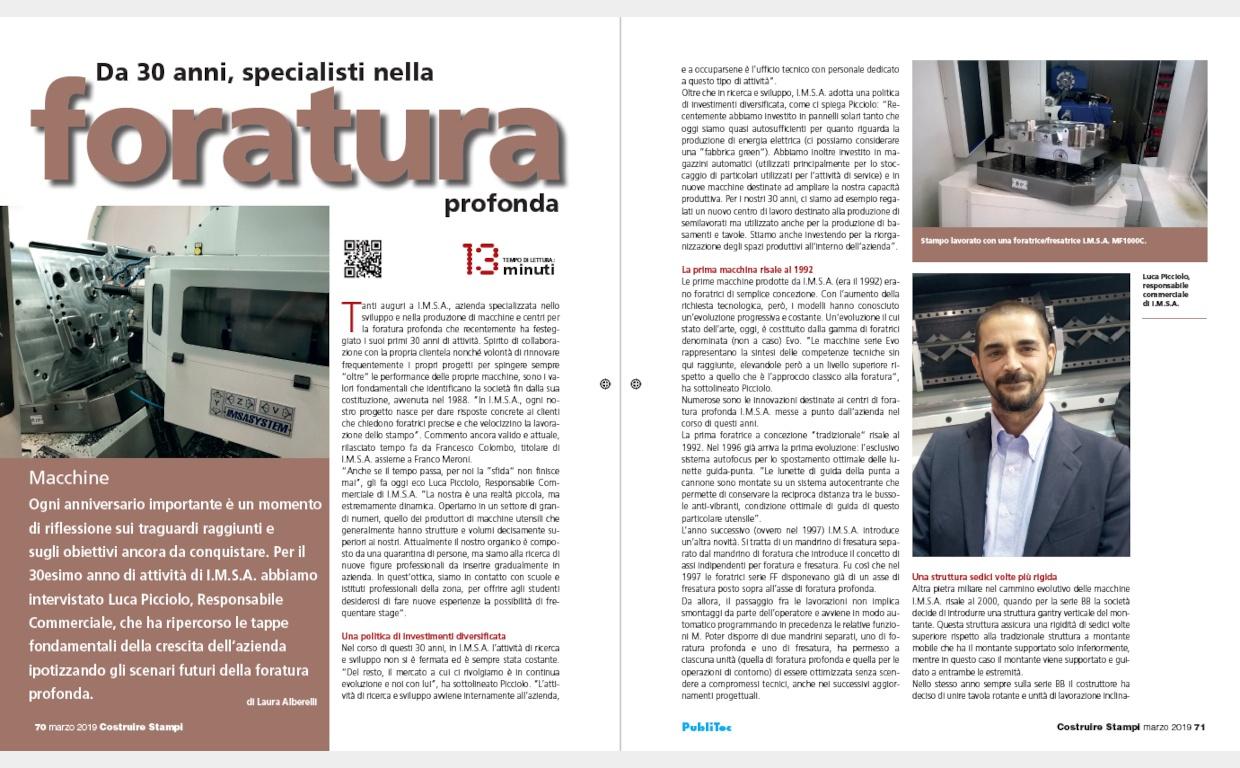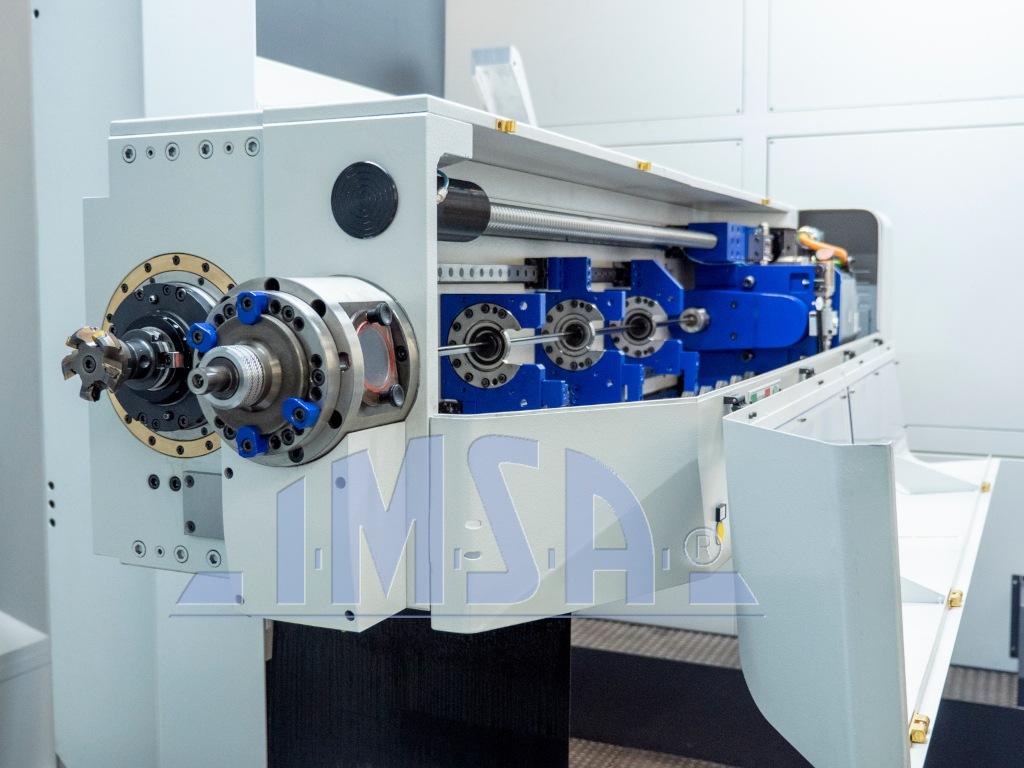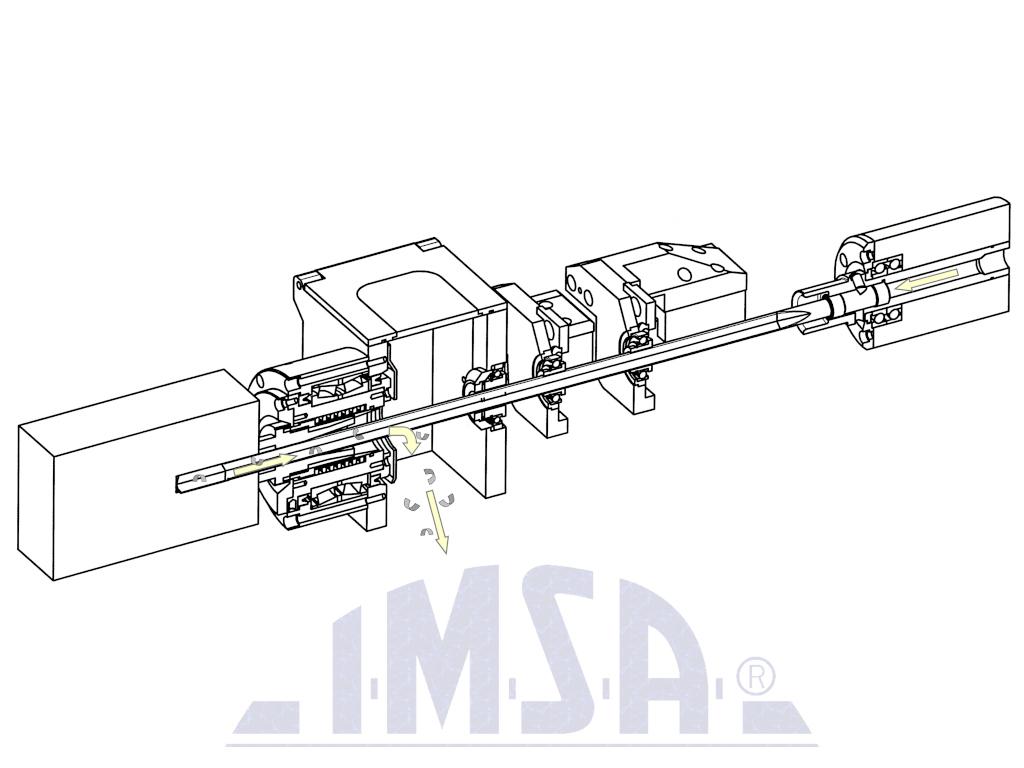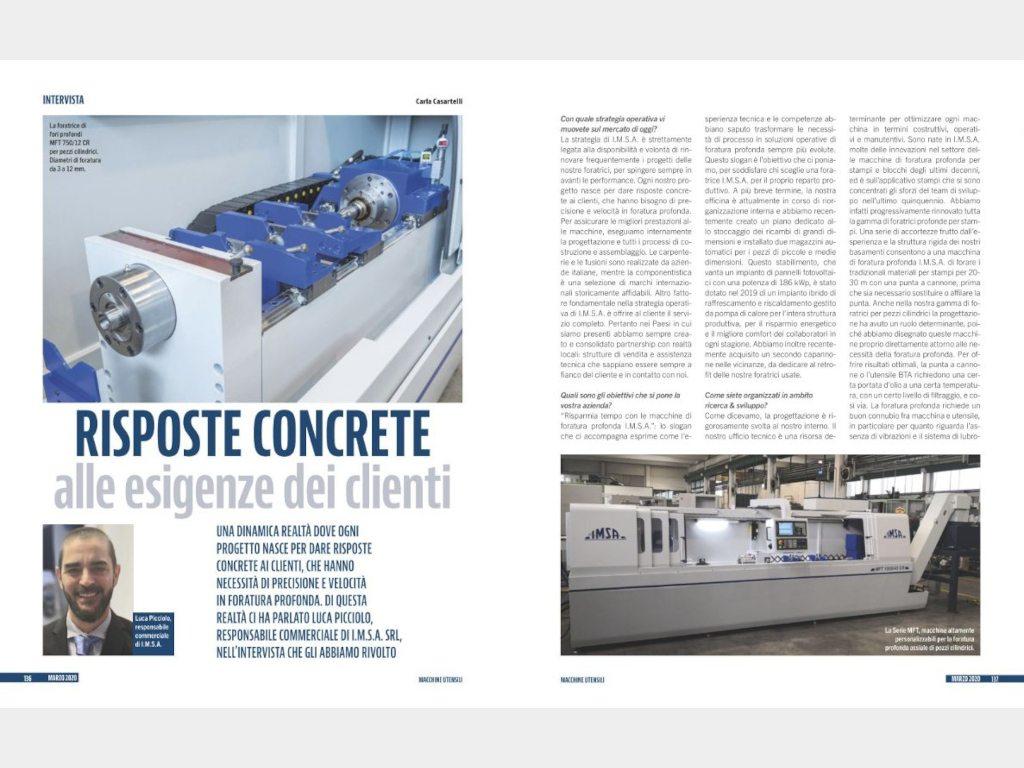Every important anniversary is a time to reflect on the milestones reached and goals yet to be achieved. For IMSA’s 30th year in operation, we interviewed Luca Picciolo, Sales Manager, who retraced the milestones the company’s growth and forecasting future scenarios for deep drilling.
TRANSLATION of article that appeared in the Italian trade magazine COSTRUIRE STAMPI (mold making) – publisher Publitec – March 2019
Happy birthday to IMSA, a company specializing in the development and production of machines and deep drilling centers which recently celebrated its first 30 years in business. The spirit of partnership with its customers and the willingness to frequently renew their projects forever pushing “beyond” performance of their machines, are the fundamental values of the company since its inception in 1988.
“At IMSA, each of our projects aims to offer concrete solutions for customers who demand precise drilling and rapid mold machining.” A comment that is still valid and current, made some time ago by Francesco Colombo, owner of IMSA together with Franco Meroni.
“Even with the passing of time, for us the ‘challenge’ never ends,” is today echoed by Luca Picciolo, Commercial Manager of IMSA. “Ours is a small yet extremely dynamic company. We operate in an industry of large numbers, manufacturers of machine tools generally have much larger facilities and volumes much higher than ours. Currently our staff comprises about forty people, but we are looking for new professionals to be included gradually in the company. With this in mind, we have contacted schools and vocational institutions in the area to offer students eager for new experiences the opportunity to do an internship.”
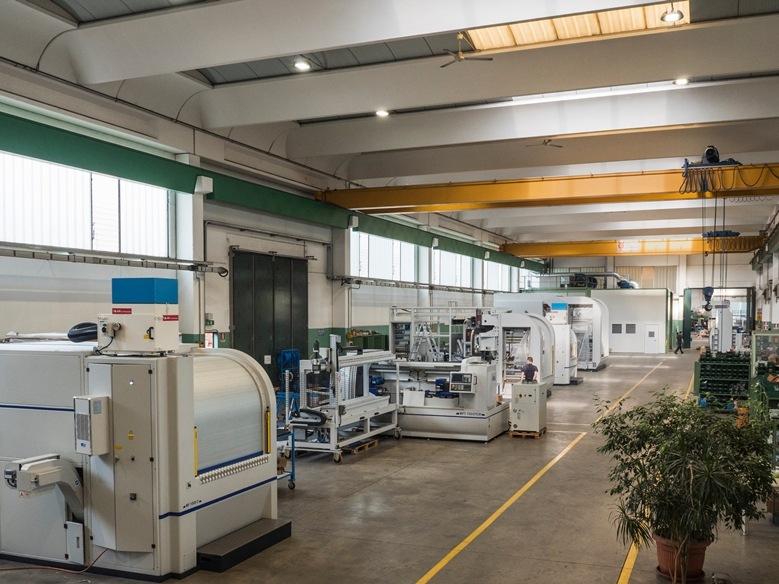
A diversified investment policy
During these 30 years, IMSA has not stopped its ongoing research and development. “Moreover, the market we serve is constantly changing and us with it,” stresses Picciolo. “Research and development takes place in-house, and the technical department takes care of this with staff dedicated to this type of activity.”
In addition to research and development, IMSA has adopted a diversified investment policy, as Picciolo explains: “We have recently invested in solar panels so that today we are almost self-sufficient in the production of electricity (we can consider ourselves a ‘green factory’). We have also invested in automated warehouses, mainly used for storage of parts used for service activities, and new machines for expanding our production capacity. In the 30 years we have been in business, we have treated ourselves to a new work center for the production of semi-finished parts but also used for the production of blocks and boards. We are also investing in the reorganization of production space within the company.”
The first machine from 1992
The first machines produced by IMSA were simply designed deep drilling machines. With increasing technological demand, however, the models have evolved progressively and constantly. An evolution whose state of the art, today, is made from the range of drilling machines called (not surprisingly) Evo. “The Evo series machines represent the synthesis of technical skills achieved until now; however, raising them to a higher level than what is the classic approach to drilling,” stresses Picciolo.
There are many innovations intended for IMSA deep drilling centers developed by the company during these years.
The first “traditional” drilling machine dates back to 1992. In 1996 the first evolutionary step was taken: the exclusive autofocus system for optimal movement of the steady rest end guide. “The gundrill guide steady rests are mounted on a self-centering system that allows the mutual distance between the anti-vibration bushings to be preserved, an optimum driving condition for this particular tool.”
The following year (i.e. in 1997) IMSA introduced another innovation. A separate milling spindle from the drilling spindle, which introduces the concept of independent axes for drilling and milling. Thus by 1997, the FF series drilling machines had an milling axis above the deep drilling axis. Since then, the switch between the processes does not involve dissembling by the operator and is carried out automatically by programming the relevant M functions beforehand. Being able to have two separate spindles, one for deep hole drilling and one for milling, has enabled each unit (that of deep drilling and that for the secondary operations) to be optimized without compromising technically, also in the subsequent design updates.
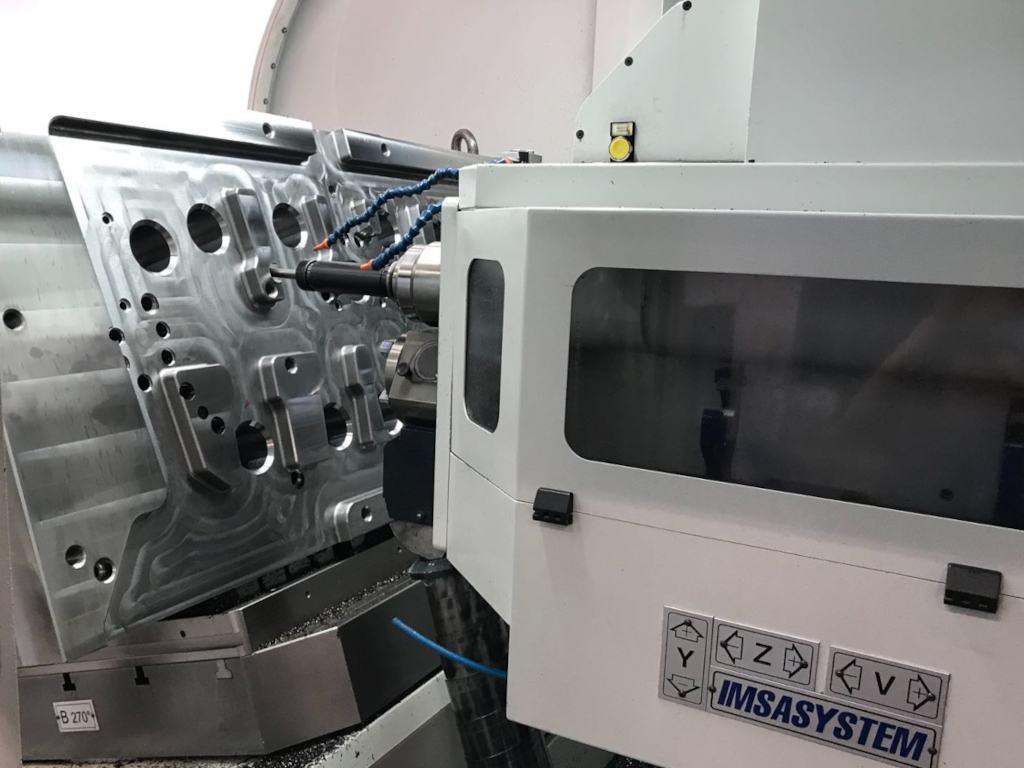
A structure sixteen times more rigid
Another milestone in the evolution of the IMSA machines was in 2000, when for the BB series the company decided to introduce a vertical gantry column structure. This structure ensures a rigidity of sixteen times higher than the traditional mobile column structure that has the inferior column support, while in this case the column is supported and guided at both ends.
In the same year, still on the BB series, the manufacturer decided to join the rotary table and angled processing unit. The combination between the rotary table and angled headstock allows compound-angle drilling, ensuring high flexibility of operation with a minimum number of workpiece fixtures. The IMSA BB series machines achieve the nine CNC axes.
In addition to the large machines, the small drilling machines have evolved. More precisely, in 2003 the three- or four-axis drilling machines were equipped as standard with filtering systems and oil drilling cooling. “Temperature, pressure and degree of the cleaning of the coolant are the basic parameters for the success of the drilling, which is why IMSA drilling machines have used the most suitable solutions to regulate these three important parameters as standard”.
The year was 2007: the compound-angle drilling also become executable on a medium-sized machine, thanks to the introduction on the market of the MF1000/2F drilling / milling machine with rotary-tilting table. Picciolo recalls: “Launched in 2007, right from the planning stages the MF1000/2F center has been specifically designed for medium-sized mold makers. Its strength is its versatility. A deep drilling center which has a good capacity also for milling may in fact greatly reduce the production time of the mold and minimize the movement of the mold between one machine and the other within the workshop.”
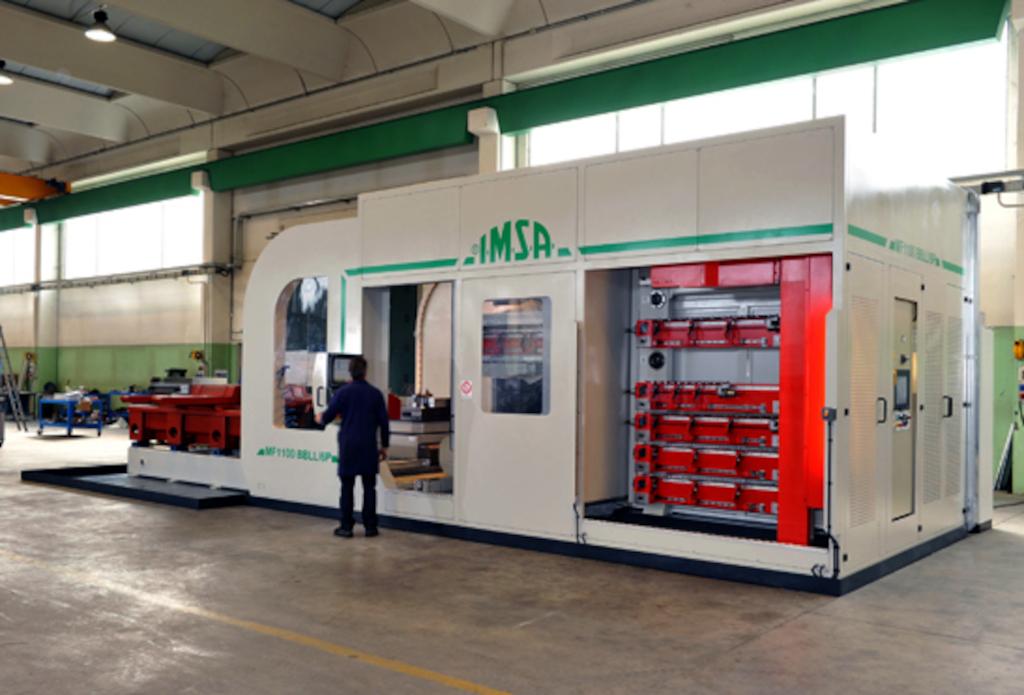
Replacing the gundrill without human intervention
The year 2009 is remembered by IMSA as the year in which the gun drill-change storage was introduced onto the market. With this, it became possible for the first time to change the gundrill on the MF1100BB/6P drilling center. The MF1300BB/4P currently offers the same functionality for deep drilling and complementary processes for molds up to 12 t, evolving from the IMSA forerunner design from 2009.
The IMSA Gundrill-Changer allows the automatic replacement of the gundrill unit without any intervention by the operator. Each gundrill unit has a gundrill, chip box, steady rests and guiding bushing. In this way, the correct alignments are retained.
Deep Drilling and Milling with a Single Spindle without Disassembly
Two other recent innovations introduced by the company date back to 2010 and 2014 respectively.
More precisely, in 2010 the IMSA switching system was created: Swing on top System in which a single spindle is used both for deep drilling for milling operations “but with no assembly or disassembly of the processing unit, with the concrete risk of compromising the alignments” – Picciolo explains. It has been successfully adopted on MF1000AF models, and later was installed on MF1000C and MF1600S machines. “The IMSA Swing on Top exclusive system rotates the entire drilling unit upward, leaving the spindle free to perform milling operations. In the milling configuration, the spindle is positioned on the front part of the machining unit, and the unit moves toward the workpiece.”
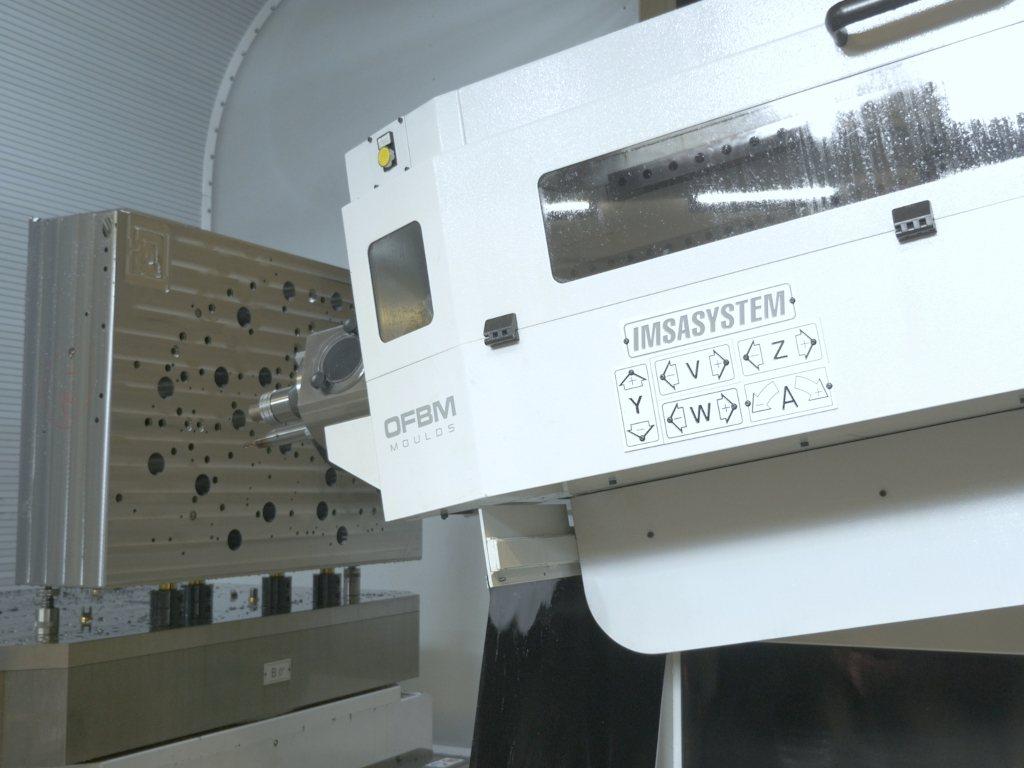
Better Milling Performance for the Evo Series
Finally, 2014 was the year in which IMSA launched the BB Evo series, in which the performance in drilling and milling have been further improved thanks to the use of powerful liquid-cooled motor spindles.
The deep drilling center MF1450BB was the first of the new BB-Evo Series: evolving from the BB series concept, top of the IMSA range. “In fact, powerful, liquid-cooled spindles have been integrated, both to implement the productivity of deep hole drilling and to ensure high-level milling before and after the drilling of the mold-conditioning circuit. In addition, our BB-Evo drilling machines are equipped with linear transducers based on inductive sensors on all the linear axes, as well as systems with ring tape measure and inductive sensors also on the swivel axes.”
The MF1750BB for molds up to 45 t is the most recent model to be presented by the company from Lecco; i.e. the evolution of the old MF1500BB deep drilling center.
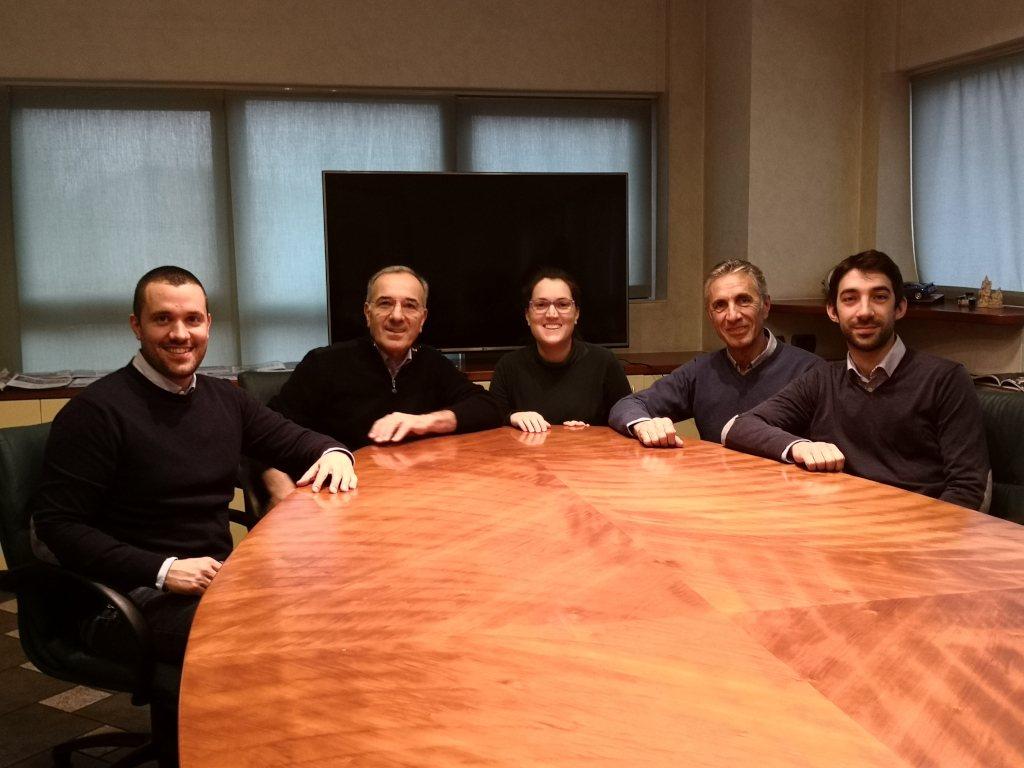
Plans for the Future
Important anniversaries such as those IMSA represent an ideal opportunity to reflect on the past, but above all to wonder about the future. We asked Luca Picciolo what he thinks will be the future of deep drilling. “In my opinion, it will tend to sharpen the ability of machines to work both as deep drilling and as milling machines. Let us make no mistake: IMSA designs machines optimized for deep drilling; It uses however a very robust mechanical mounting also with a milling head,no longer to be used only for counterbores, but also for more demanding operations, such as semi-heavy roughing, large-diameter drilling, rigid threading and for large-diameter interpolation. This now makes it possible to avoid, for this type of operation, the transfer of the mold onto other milling unit, thus optimizing logistics and lead time in mold production.”
From a technological point of view. And what about the objectives that the company aims to achieve?
“Our enthusiasm – adds Picciolo – always leads us to want to grow, but we will continue to grow in our own way. Let me explain: we are not assemblers, the increase in our production volume will always only go alongside our ability to manage the internal production of our machines, without losing our know-how nor compromising on quality.”
There is every reason to believe in a prosperous future. “In the course of 2019 we will celebrate the delivery of the IMSA 500^ drilling machine”. In addition to the feedback from the market, IMSA’s management itself is a sign of good continuity. “The owner’s children work for the company: Marco Colombo, the first to join the company nearly 15 years ago, is currently in charge of servicing; Sara Colombo is head of administration while Francesco Meroni (who joined the company a short time ago) is undergoing training. The second generation is already here, ready to ferry us into the future”.

